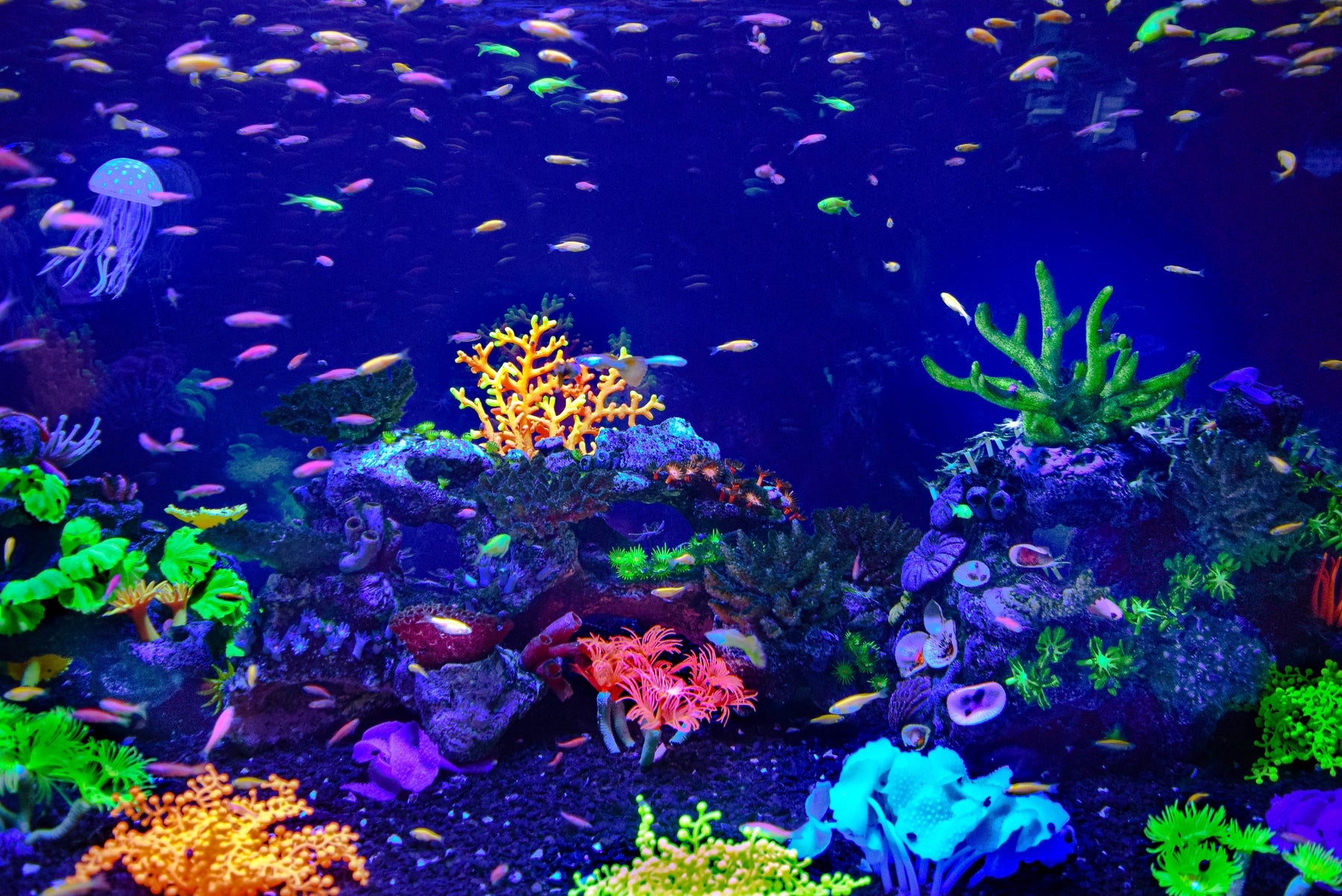Retrouvez ici les indispensables et meilleures ventes pour nos propriétaires de bassin.
Retrouvez ici les indispensables et meilleures ventes pour nos propriétaires de bassin.

A community aquarium is an aquarium where we will be able to group together fish of different origins and have them live together in an aquarium adapted to their needs. Often, the “respect their needs” part is not respected in this definition and that is what will create problems.
We will see how to avoid these huge mistakes and above all respect the needs of these fish in an aquarium adapted for them.
Before embarking on the creation of a community aquarium, it is important to know that the aquarium water must respect specific parameters such as: pH, GH, KH which are the three main parameters to be monitored .
To make a good cohabitation at the level of these fish, you must also respect the way of life of your fish, whether for example gregarious fish (which live in groups) or fish which live in pairs or fish which live alone . We will have to be careful that the fish are not dominant. For example, angelfish are fish that can coexist very well with neons, but sometimes it can go wrong and the angelfish can eat the neons. So, you need to know in advance if the species is adapted to coexist with another species even if the parameters are good and you keep them in a good group as needed. With some fish this may not work.
When you have identified a fish that interests you, the first step you must take is to find out by consulting, for example, sheets available on the Internet. For example, a PDF file which is a site that lists a large number of files on fish and their needs. So, not everything is necessarily to be taken literally because the most important thing is to cross-reference information.
Do not hesitate to inquire on social networks as well and on other sites where you can have fish cards. On Facebook, for example, there are certain groups that will allow you to learn more about the varieties of fish or even people who will be there to help you.
Our fish have specific needs, so we don't have to do anything. Rushing into wanting to buy a fish for a crush is a mistake many beginners make.
If you respect the pollution rate of your aquarium, so the nitrite rate and the nitrate rate , that they are really low, it will work. You can catch fish from all over the world as long as the parameters are respected and consistent for each species.
After you have learned about your fish, you will find that there are different possibilities for their well-being. For example, some fish that live in pairs will ask for hiding places, so they will have to be provided with hiding places. This is for their well-being and also to avoid stress. We can also take characidae, so shoal fish that we will put in groups. A sufficient group compared to what a fish also requires to avoid stress.
You can also write down the fish you like, write them down in a small notebook with the parameters of your fish that you have found by asking around and take the fish you like. Then you look at the volume level of each fish and do something that is consistent.
Typically, in a 200 liter aquarium, we are certainly not going to put forty neons, that would be totally crazy. We must respect the needs of each fish, whether at the level of the group and/or at the level of their swimming space.
In conclusion, if you are a beginner, motivated and want to do something enjoyable, you can easily make a community aquarium on a very low budget. The secret is to understand the needs of each species and also to know the water parameters of your city. You will have to find out and see what parameters you need for this or that fish. Then you see which fish have consistent pHs, KHs and GHs with each other.
Aquipond Greenstab - Natural treatment against pond algae It is a natural product that helps limit algae at any time. It also has a prevent...
View full detailsReduces the layer of silt in the pond by at least 40% Easy to use with less impact on biodiversity Prevents fermentation, bad odors. pH ...
View full detailsOrganic dye to block plant growth by limiting photosynthesis ORGANIC PRODUCT NON TOXIC TO HUMANS (DIVING) AND FISH. 100% NATURAL AND BIODE...
View full detailsThe positive effects of barley straw have been known to water enthusiasts for a long time. But currently barley straw is difficult to find and i...
View full detailsReduces at least 40% of the layer of silt in the pond Easy to use with less impact on biodiversity Prevents fermentation, bad odors. ...
View full details
Leave a comment